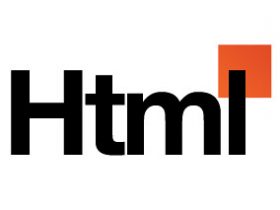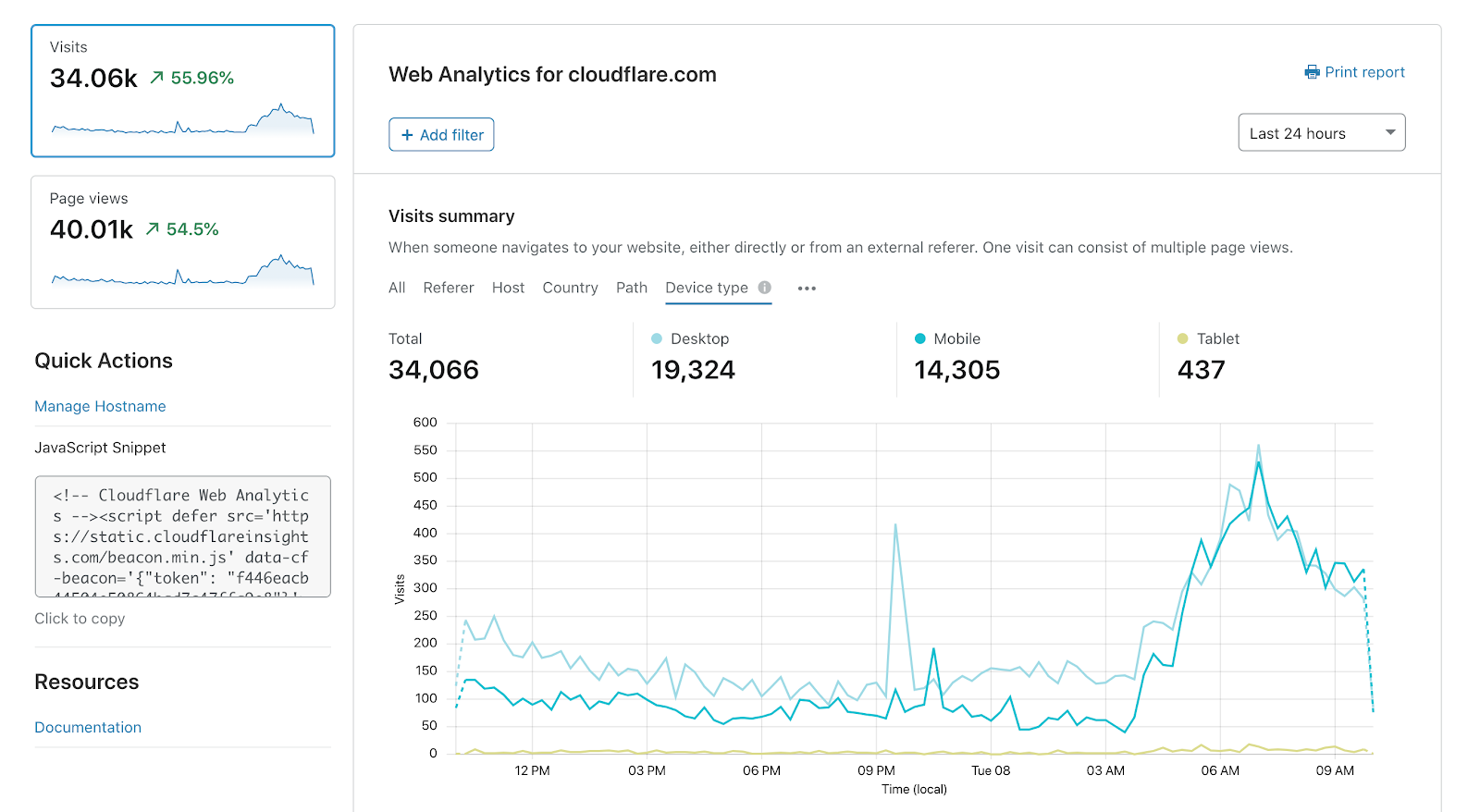The 11 deadly sins of search engine optimization
When it comes to improving search engine optimization, too many businesses think they can leave their website alone and it will just rank higher on its own. While that might work to some extent, there are plenty of mistakes businesses make when it comes to search engine optimization that can make all the difference between success and failure on the web. In this article, we’re going to cover the 11 most deadly sins when it comes to search engine optimization. If you want your website to attract more visitors and convert those visitors into customers, avoid these mistakes at all costs!
Keyword Stuffing
Don’t stuff a page with keywords. Not only does it look like you are trying to game the system, but it will also be less likely for users to find what they’re looking for. Keyword stuffing is an outdated SEO practice that was used in the early days of websites and has now been phased out by Google and other search engines. If you want your site to rank highly on Google, focus on creating high-quality content that people want to read! As with any form of writing, the more readers you attract to your site, the higher your rankings will be. You should aim to write at least 300 words per post so that people can see how relevant and well-researched you are on any given topic. Use long tail keywords when possible – these are shorter phrases (or two words) used as search terms rather than whole sentences or phrases. Long tail keywords work better because they have higher conversion rates and require fewer searches overall to generate traffic than their long head counterparts (i.e., spotted owl vs hummingbird).
Staying Consistent Across Platforms
For most people, the majority of their online footprint is going to be their social media accounts. So, it’s important to make sure your social media profiles are aligned with your website and blog for better SEO rankings. For example, if you have a specific profile picture on Twitter but it isn’t the same as the one on LinkedIn or Facebook, you should change that to make sure they match. It will help people recognize you more easily if they see you popping up all over the place! Along the same lines, you should keep track of all your URLs in order to know which ones redirect where. You can use bitly or something similar to shorten them so they’re easier to share across social media channels (it’s also a good idea to make these shortened links un-clickable).
Neglecting Mobile Devices
Last year, over 50% of all online traffic came from mobile devices. These numbers are only increasing and it’s important to ensure your business is optimized for these screens. One way to do this is by using responsive design, which automatically adapts the layout for different screen sizes. You can also add click-to-call functionality so customers can call you directly without having to enter their phone number or wait on hold. Mobile advertising has been shown to be extremely effective as well, so use a combination of both!
Ignoring Site Speed
Site speed is a crucial factor in ranking well on Google. Not only does site speed affect how fast your website loads and how quickly users can navigate through it, but it also affects the user experience. A slow-loading site will result in users leaving the page before they’ve even seen what you have to offer. They’ll never get to know your business or products if they don’t stick around long enough to see them! Every site’s goal should be getting their web pages to load in 2 seconds or less. With tools like Pingdom and GTmetrix, we can measure our site’s loading times and find ways to improve them. Don’t make your customers wait for content! Be sure that all important information about your company is easily accessible with just a few clicks. If it takes more than three clicks from the homepage to find something, there’s probably something wrong. Keep navigation simple so that visitors don’t feel overwhelmed with choices or frustrated by complicated menus. Remember: The easier you make things for people to do business with you, the more likely they are to buy from you!
Ignoring User Experience
Users don’t want to be told what they should do. If you’re making a website, don’t make it difficult for the user to find what they’re looking for. Instead, give them the information they need and help them accomplish their goals with ease. Put yourself in the customer’s shoes before designing anything; if you can’t find what you’re looking for then most likely your customers will have trouble as well. And if it takes too much time or is impossible to navigate, users are going to abandon your site as soon as possible.
Not Having a Backup Plan
This is the number one sin in my opinion, because if you don’t have a backup plan then you’re most likely going to fail when it comes to SEO. There’s no point in spending hours and hours optimizing your site for keywords if there isn’t an alternate way for people to find your site other than Google. So make sure that you have a backup plan so that when things go wrong with Google, your site still gets traffic from Bing or Yahoo or any other search engine. One easy way to do this is by setting up social media channels and constantly posting on them with links back to your website.
Duplicate Content
Having duplicate content on your site is one of the worst things you can do as it will dilute your ability to rank for anything. One way to fix this is to use the rel canonical tag in the HTML code of your pages, which tells Google that one URL is a copy of another. You should also place nofollow attributes on links that lead back to your own site so they don’t count towards your page rank. You should also make sure all of your images are properly tagged with alt text and ALT attributes, especially if they are being used as links or part of an image map.
Neglecting Analytics
One common mistake people make when trying to optimize their website is neglecting analytics. This can lead to a whole host of problems, from not knowing what your audience wants to even having your site flagged for abuse. The best way to avoid this mistake is by installing Google Analytics on your site and setting up goals and conversions so you know what’s working and what needs improvement.
Use Graphics For A Text Link
In displaying links on a site, web designers frequently use images. Several factors influenced this choice. In order for site designers to understand the 11 deadly sins of search engine optimization, most large browsers display online pages differently.
The use of images over typefaces, which display differently on computers and in different browsers, makes cross-browser text links easier to create. The search engines do not know whether a picture link points to a web page or an MP3 download. For search engines like Google, finding phrases within plain textual material is the first
Rely Heavily On Paid Search Advertising
In the past, marketers relied heavily on paid advertising to promote their business. However, with the rise of social media marketing and the importance of content marketing, marketers are increasingly relying on organic search traffic. If you still have a strong budget for pay-per-click campaigns, consider scaling back your ads during peak seasons or when budgets get tight.
Just remember that your first priority should always be inbound links and high quality content, so if you’re going to scale back on paid ads, make sure those two things are still priorities. As an example, if you’ve noticed more traffic coming from Google but not Bing, adjust your ad campaign accordingly by decreasing the budget on Bing while increasing it on Google. If a portion of your audience is using mobile devices more than desktops, don’t forget to update the site’s code for mobile users as well!
Use Of Frames
Websites that are in the form of frames are difficult to index by search engines. Multiple HTML documents are used to make a web page for framed website. This way of constructing web pages can confuse search engines, which only look at the first HTML file within the frame. Pages which are not indexed by search engines will not appear in the results.
Additionally, many people with higher levels of Internet use tend to avoid websites with frames, in particular, websites which force the user to navigate within individual frames.




